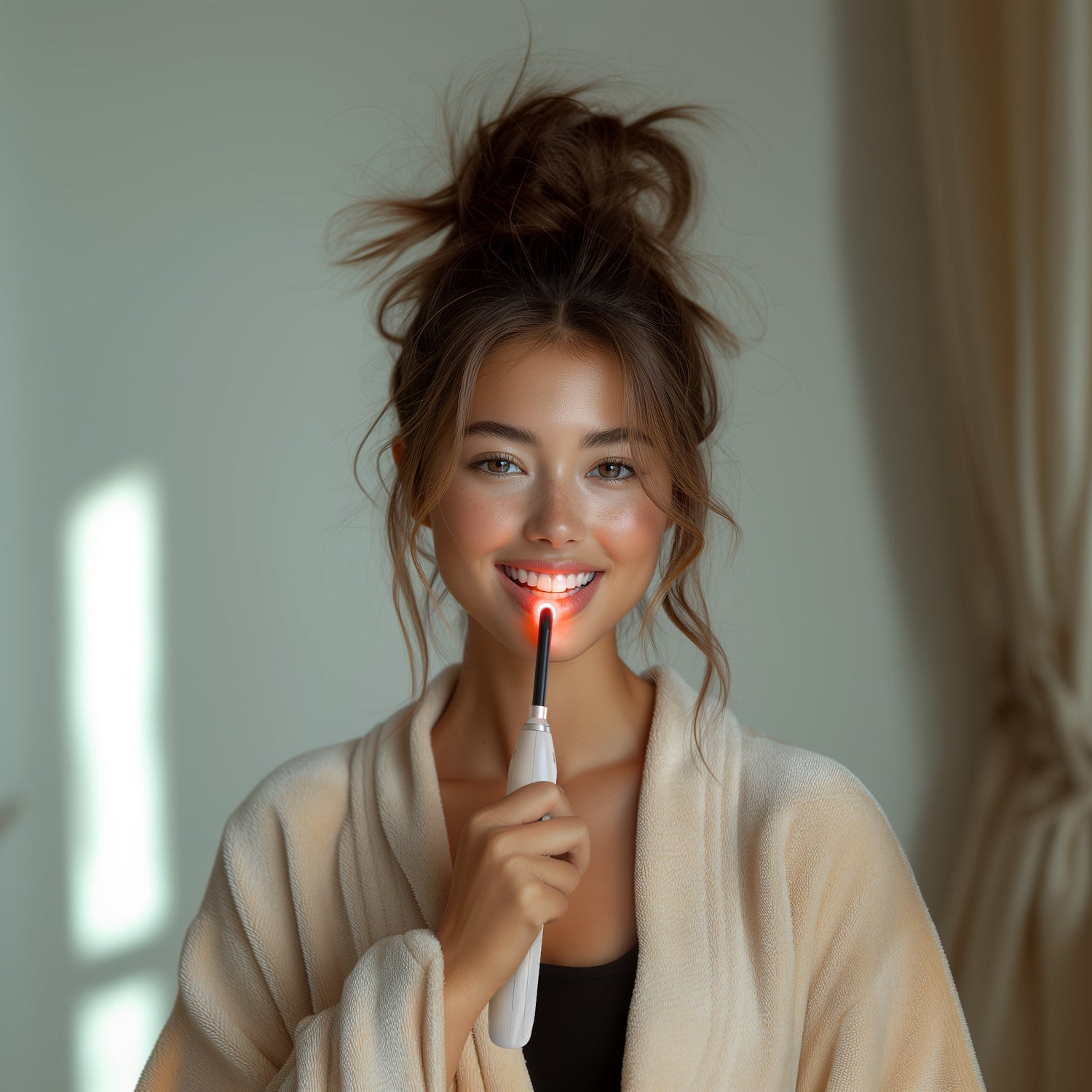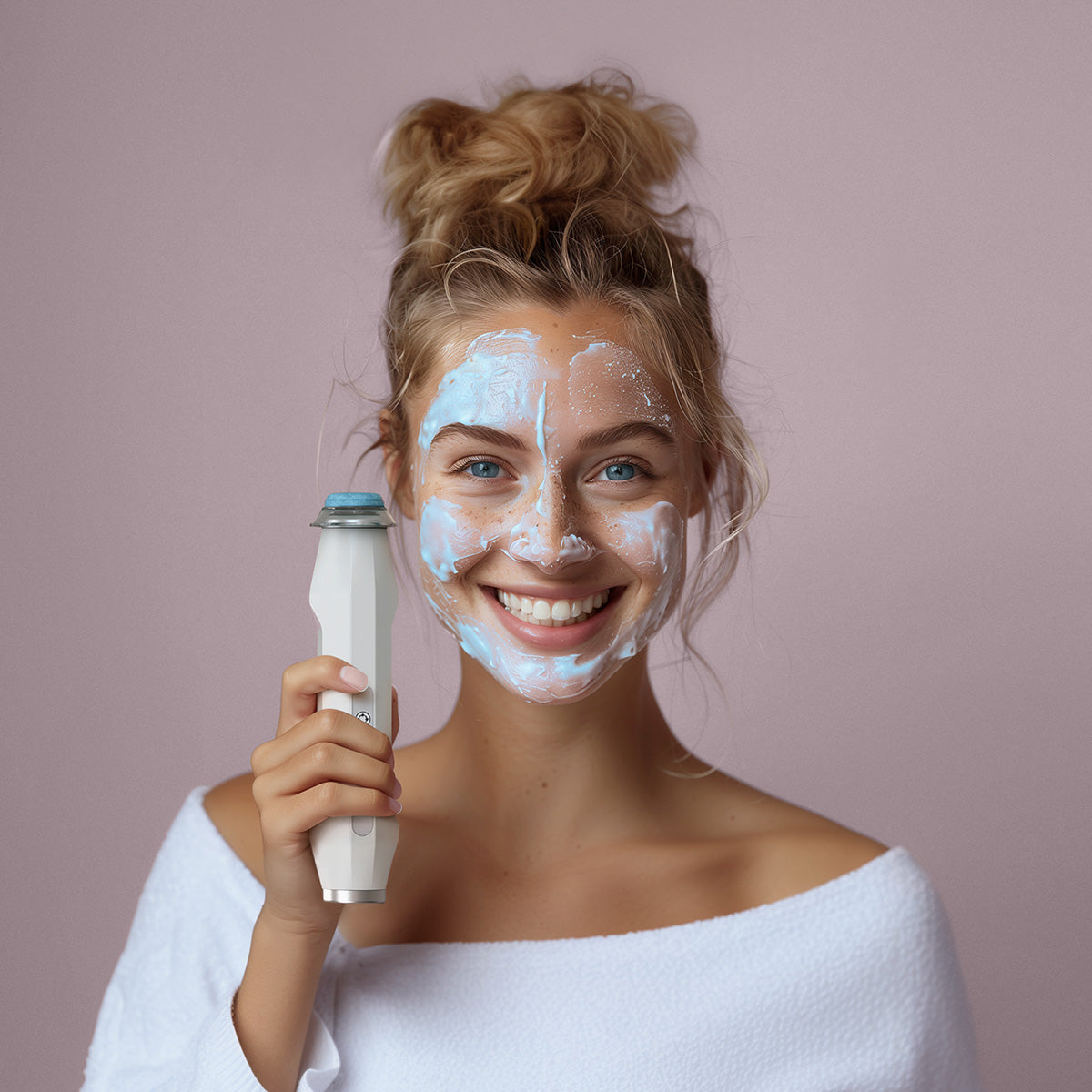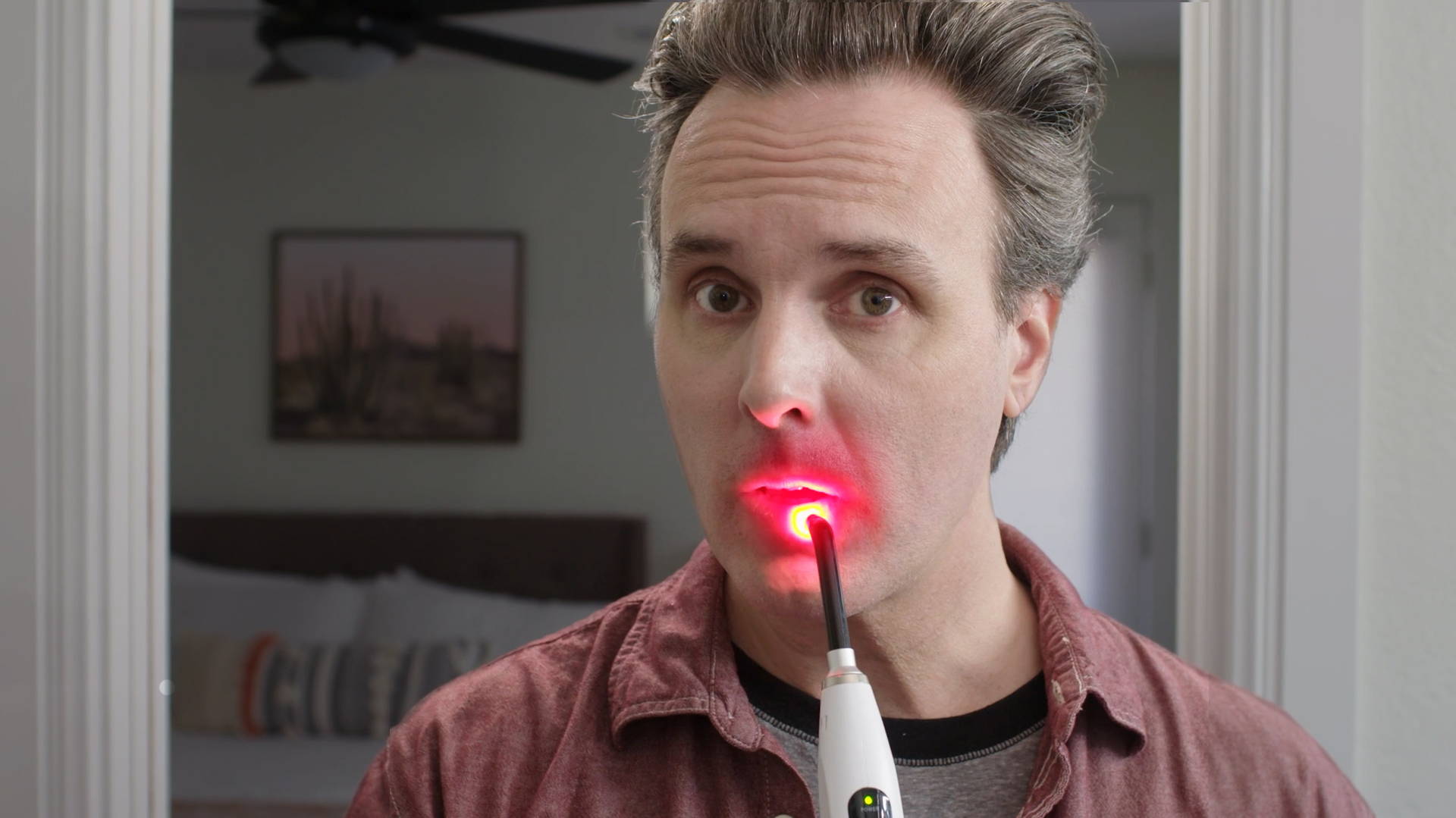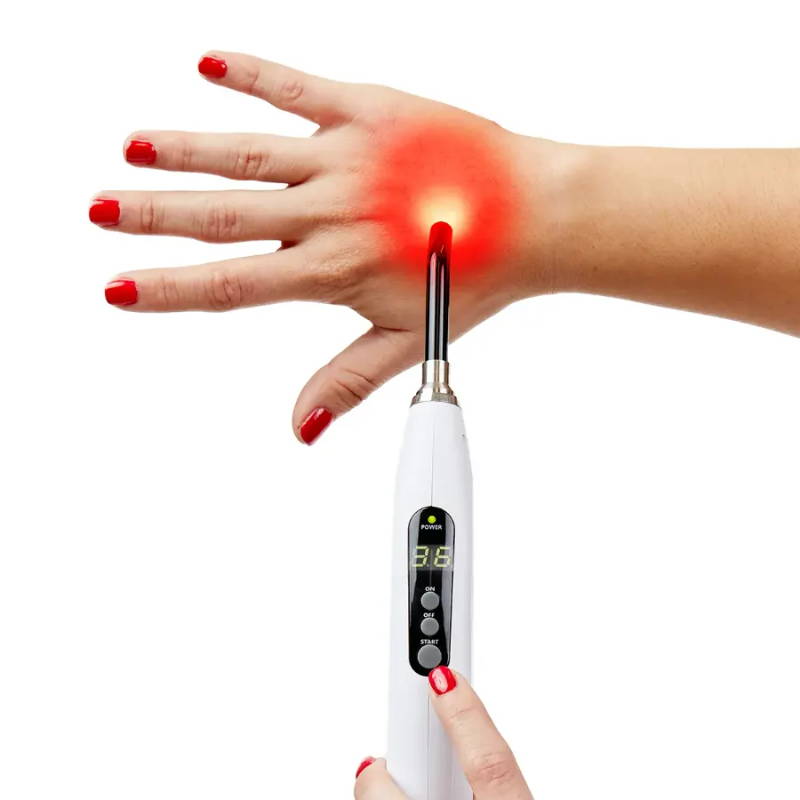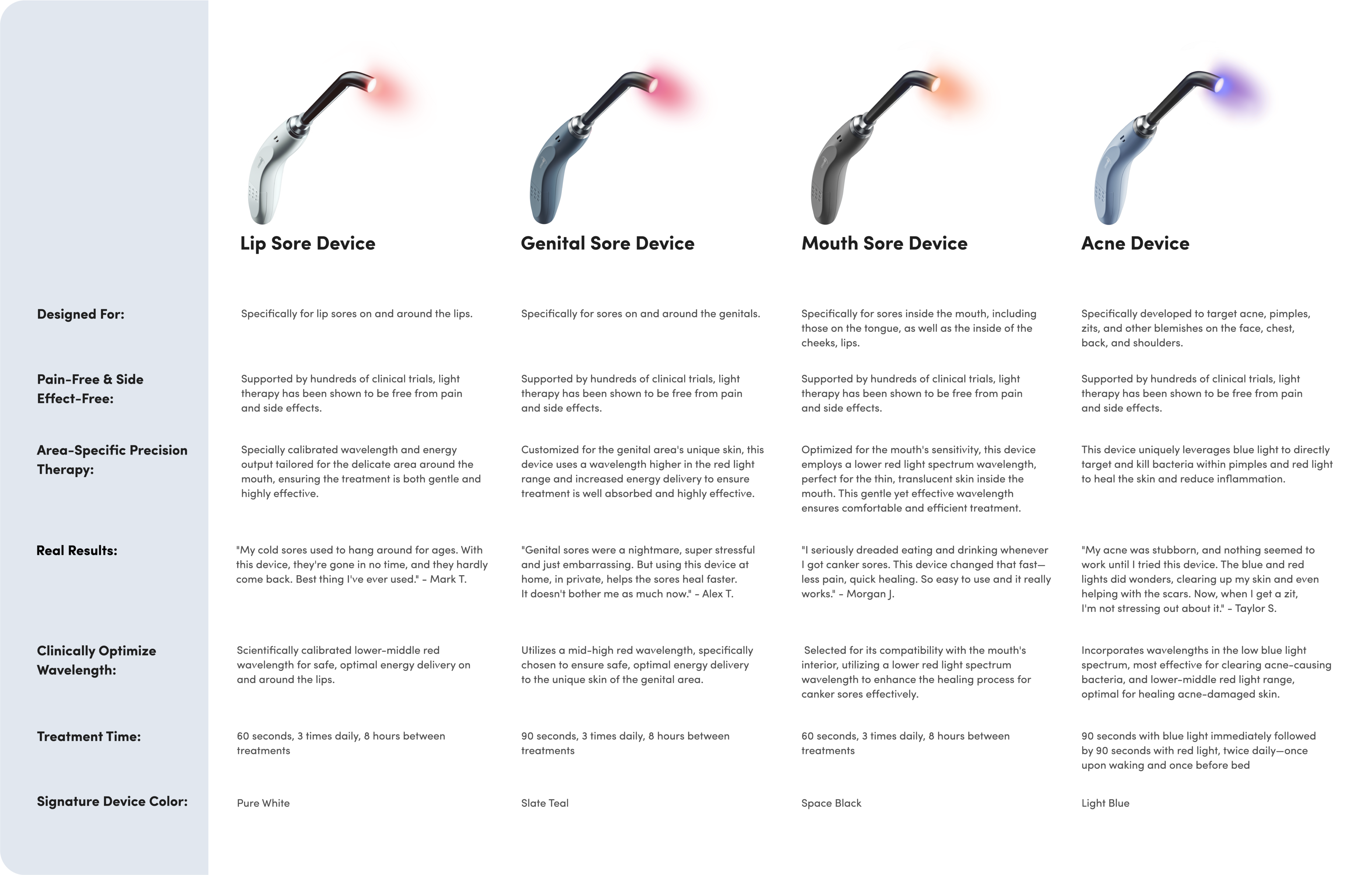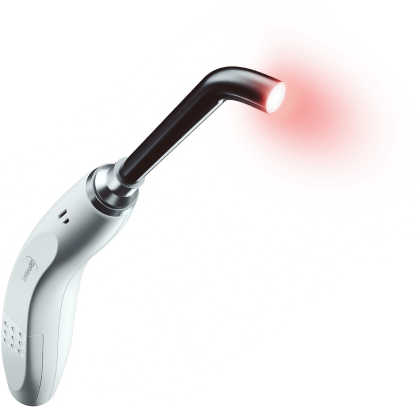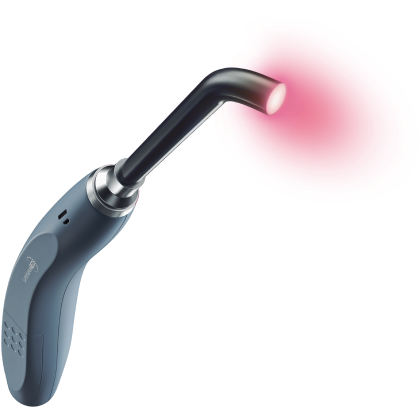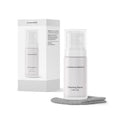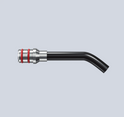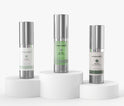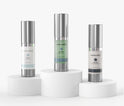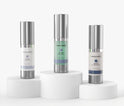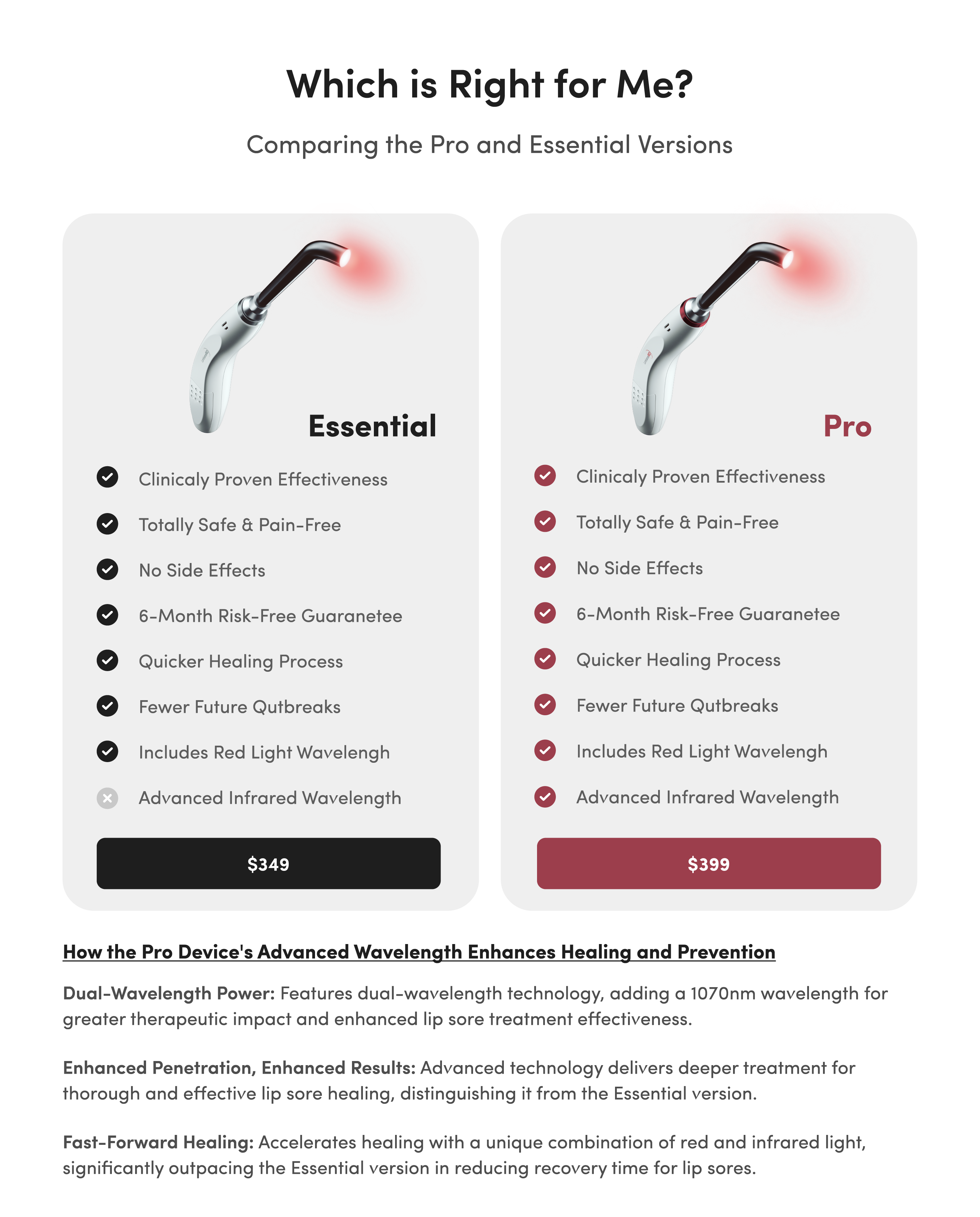Advancements in LED Technology May Relieve Pain and Severity of Many Skin Conditions
What Users Are Saying
“I began to get a cold sore a week before my wedding! I was panicked and happen to google “the best treatment for cold sores” and this product came up.
It was a little pricey and I was a little skeptical but with the money back guarantee I felt pretty good about giving it a try.
I’m so glad I did! With in 2 days of using the light my sore was all but healed and it was going to be a big one. I can not thank you enough for this product, it saved my wedding day for sure!
I Would highly recommend to anyone, this product works! Thank you so much!"
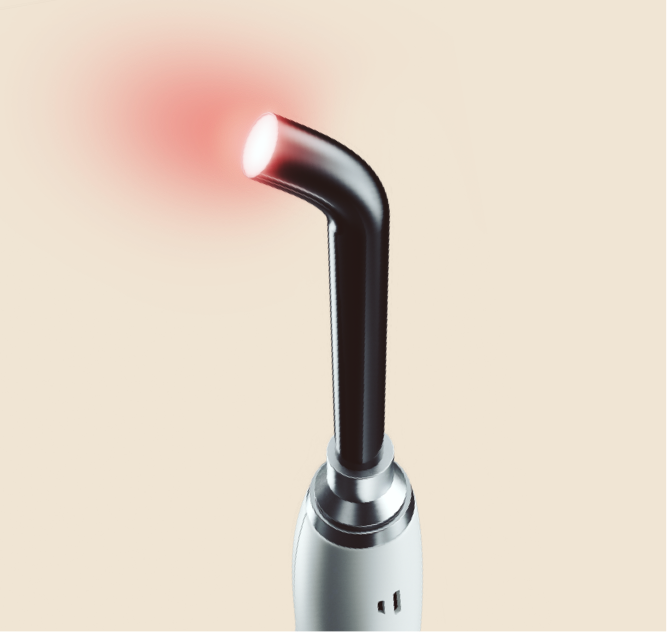
What Users Are Saying
“I purchased this directly from the manufacturer and it works surprisingly well.
I had a canker sore starting and it was gone by the next day.
I also used on a cold sore that was about to start and it never appeared. I have tried many products over 50 years and this thing really works best. Wish I had this when I was younger."

This is a sponsored article.
- Published scientific research is showing how light may be among the safest, most effective approaches to treating painful skin conditions.
- Treatments with powerful wavelengths of light may make a big difference in the pain and frequency of cold sores, canker and mouth sores.
- Used by leading spas, salons, dermatologists, dentists, and beauty experts around the world, light treatments are backed by a large base of peer-reviewed studies. These treatments are now accessible with at-home devices from Luminance RED.
Breakthrough advancements in LED technology and clinical research may have resulted in a safe and effective treatment for common skin conditions.
The result: powerful wavelengths of light that may make a big difference in the pain and frequency of oral sores, cold sores, and canker sores.
How Can Specific Wavelengths of Light Help Treat Skin Conditions?
Published scientific research suggests medically-optimized wavelengths of light may be among the safest, most effective approaches to treating painful skin conditions.
Used by leading salons, spas, dermatologists, dentists and beauty experts around the world, light treatments are also backed by a large base of peer-reviewed clinical studies.
On this page, we’ll explain how light works for skin conditions, and show you how treatments may help manage uncomfortable breakouts in just a few minutes per day with a proven device like the Luminance RED.
How Does It Work?
Treatments with a high-quality LED device like a Luminance RED are quick, simple, and safe. All you have to do is turn on your device and shine healing wavelengths of light on your treatment area for 60 seconds. The design of the device lets you easily target sores and breakout areas —delivering the light directly to the problem area. Our team of light therapy experts recommend doing this a few times per day for best results.
Light treatments work by stimulating your cells to make more energy and heal more efficiently. [1] This video breaks down the science behind how light treatments work at a cellular level. Light treatments may lessen pain and inflammation by enhancing blood flow to damaged tissues, and it’s been found in numerous clinical trials to increase the body’s antioxidant defenses as well. [2]
Quick, simple treatments with a Luminance RED device can have a healing effect on skin conditions like cold sores. And numerous clinical trials have shown positive results when using medically-optimized wavelengths of light for cold sores, and canker sores.
Light May Help with a Variety of Skin Issues
Studies using specific wavelengths of light have shown especially good results for treating common skin conditions like cold sores, and canker sores. A Luminance RED device allows you to quickly and effectively target outbreaks to help reduce pain and improve healing times. They can also help prevent future outbreaks and reduce the frequency of sores.
Light for Cold Sores
Clinical research on light treatments and cold sores has shown three major effects: pain relief, faster healing, and the prevention of future cold sore outbreaks.
Reducing pain from cold cores: Recent studies on cold sores have shown significant (and almost immediate) pain reduction after treatment. A 2017 study assessed cold sore pain 24 hours after a treatment. 77% of people treated with specific wavelengths of light experienced less pain within a day, versus just 9% of the placebo group. [3]
Quicker healing times for cold sores: Left untreated, cold sores can linger for days or even weeks. A study on cold sores found that patients healed twice as fast after treatments. The treatment group took an average of 2.2 days to heal after light treatments, versus 4.3 days without light. [4]
Preventing cold sore outbreaks: Studies have also shown that light treatments help prevent future cold sore outbreaks. In one study, patients who received treatment went an average of 38 weeks before their next outbreak. Untreated patients only lasted an average of 3 weeks until their next outbreak. That’s 12-13 times longer between outbreaks when patients were treated with wavelengths of light. [4]
The Luminance RED Cold Sore Treatment Device lets you target your cold sores. It’s rated 4.8/5 stars by customers and comes with a 6-month money-back guarantee.
Wavelengths of Light for Canker Sores
Medically-optimized wavelengths of light have shown similar positive results for treating painful canker sores. Patients with canker sores have experienced immediate pain relief and overall faster healing times. A systematic review of randomized controlled trials on LED-based light treatments and canker sores showed “significant results” for “pain-level reductions and reduced healing times.” [5]
Less canker sore pain: In a study on light’s effects on canker sores, researchers discovered very significant reductions in canker sore pain. People whose canker sores were treated with light averaged a 92% reduction in pain, compared to just 1% in the placebo group. [6]
Faster healing from canker sores: Another canker sore study showed that patients healed three times faster after receiving light treatments. [7] Without light treatments, people took an average of 8.9 days to heal from a canker sore. With light, it was only 3.1 days. [7]
The Luminance RED Canker Sore Treatment Device lets you target your canker sores with healing light. This can reduce pain and help you heal faster, and it comes with a 6-month money-back guarantee.
Safety and Risks
In addition to showing positive clinical results for numerous skin conditions, light treatments have repeatedly been found to be a safe and well-tolerated treatment modality for patients. A 2013 review of existing clinical research on light treatments and skin praised its “noninvasive nature and almost complete absence of side effects.” [10] Other studies have shown that light is as effective as various oral creams and pharmaceutical drugs, without many of the common risks and side effects associated with those methods. [11,12]
Bottom line: light treatments with a Luminance RED device are effective, safe, and can make a huge difference in the pain and healing of your sores and outbreaks. Check out our FAQs for more specifics on how to use a device.
About Luminance RED devices: Luminance RED products have been registered with the FDA as class II medical devices (ILY). They are manufactured in an FDA-registered facility with ISO 13485 certification in compliance with 21 CFR 820 regulations. Rest assured that your device will provide you with the highest level of precision and safety.
Disclaimer: Luminance RED devices are indicated for use in the relief of muscle and joint pain, including arthritis and muscle spasm pain, and increasing blood circulation, and relaxation of muscles. They are intended for general medical purposes to provide topical heating. The information provided is for educational purposes and not not a substitute for a face-to-face consultation with your healthcare provider, and should not be construed as medical advice. The independent reviews presented are applicable to the individual depicted and may not represent the uses mentioned above. Individual results may vary.
This Article References These Products:

Cold Sores
The Luminance RED - Lip Treatment Device is a breakthrough, handheld class II medical device designed to help you manage oral sores on the lips and around the mouth. Shine concentrated wavelengths of pain-free, medically-optimized light directly onto sores or on the area where sores often develop.
The Luminance RED delivers similar light wavelengths that have been shown in scientific research to reduce pain and help manage outbreaks.

Canker Sores & Mouth Ulcers
The Luminance RED - Mouth Treatment Device is a breakthrough, handheld class II medical device designed to help you manage sores and ulcers inside the mouth. Shine concentrated wavelengths of pain-free, medically-optimized light directly onto sores and ulcers or on the area where they often develop.
The Luminance RED delivers similar light wavelengths that have been shown in scientific research to reduce pain and help manage outbreaks
Sources and Clinical Data:
[1] Hamblin M. “Mechanisms and Mitochondrial Redox Signaling in Photobiomodulation” Photochemistry and Photobiology.2018, 94:199-212. 2017 October 31. doi: 10.1111/php.12864
[2] Hamblin M. “Mechanisms and applications of the anti-inflammatory effects of photobiomodulation”. AIMS Biophys. 2017; 4(3): 337–361. doi: 10.3934/biophy.2017.3.337
[3] Honarmand M, Farhadmollashahi L, Vosoughirahbar E. Comparing the effect of diode laser against acyclovir cream. J Clin Exp Dent. 2017 Jun 1;9(6):e729-e732. doi: 10.4317/jced.53679. PMID: 28638546; PMCID: PMC5474325.
[4] Schindl A, Neumann R. Low-intensity laser therapy is an effective treatment for recurrent simplex infection. Results from a randomized double-blind placebo-controlled study. J Invest Dermatol. 1999 Aug; 113(2):221-3. doi: 10.1046/j.1523-1747.1999.00684.x. PMID: 10469307.
[5] Vale FA, Moreira MS, de Almeida FC, Ramalho KM. Low-level laser therapy in the treatment of recurrent aphthous ulcers: a systematic review. ScientificWorldJournal. 2015;2015:150412. doi: 10.1155/2015/150412. Epub 2015 Mar 23. PMID: 25879049; PMCID: PMC4386290.
[6] Prasad R S, Pai A. Assessment of immediate pain relief with laser treatment in recurrent aphthous stomatitis. Oral Surg Oral Med Oral Pathol Oral Radiol. 2013 Aug;116(2):189-93. doi: 10.1016/j.oooo.2013.02.011. Epub 2013 Apr 23. PMID: 23622766.
[7] De Souza TO, Martins MA, Bussadori SK, Fernandes KP, Tanji EY, Mesquita-Ferrari RA, Martins MD. Clinical evaluation of low-level laser treatment for recurring aphthous stomatitis. Photomed Laser Surg. 2010 Oct;28 Suppl 2:S85-8. doi: 10.1089/pho.2009.2661. PMID: 20950190.
[8] Avci P, Gupta A, Sadasivam M, et al. Low-level laser (light) therapy (LLLT) in skin: stimulating, healing, restoring. Semin Cutan Med Surg. 2013;32(1):41-52.
[9] Deghidi, Abdelhamid. (2014). HONEY PHONOPHORESIS VERSUS LOW INTENSITY LASER THERAPY. International journal of current research and review. 6. 8 15.
[10] Avci P, Gupta A, Sadasivam M, Vecchio D, Pam Z, Pam N, Hamblin MR. Low-level laser (light) therapy (LLLT) in skin: stimulating, healing, restoring. Semin Cutan Med Surg. 2013 Mar;32(1):41-52. PMID: 24049929; PMCID: PMC4126803.
[11] Jijin MJ, Rakaraddi M, Pai J, Jaishankar HP, Krupashankar R, Kavitha AP, Anjana R, Shobha R. Low-level laser therapy versus 5% amlexanox: a comparison of treatment effects in a cohort of patients with minor aphthous ulcers. Oral Surg Oral Med Oral Pathol Oral Radiol. 2016 Mar;121(3):269-73. doi: 10.1016/j.oooo.2015.11.021. Epub 2015 Dec 19. PMID: 26868469.
[12] Han M, Fang H, Li QL, Cao Y, Xia R, Zhang ZH. Effectiveness of Laser Therapy in the Management of Recurrent Aphthous Stomatitis: A Systematic Review. Scientifica (Cairo). 2016;2016:9062430. doi: 10.1155/2016/9062430. Epub 2016 Dec 18. PMID: 28078164; PMCID: PMC5203897.


